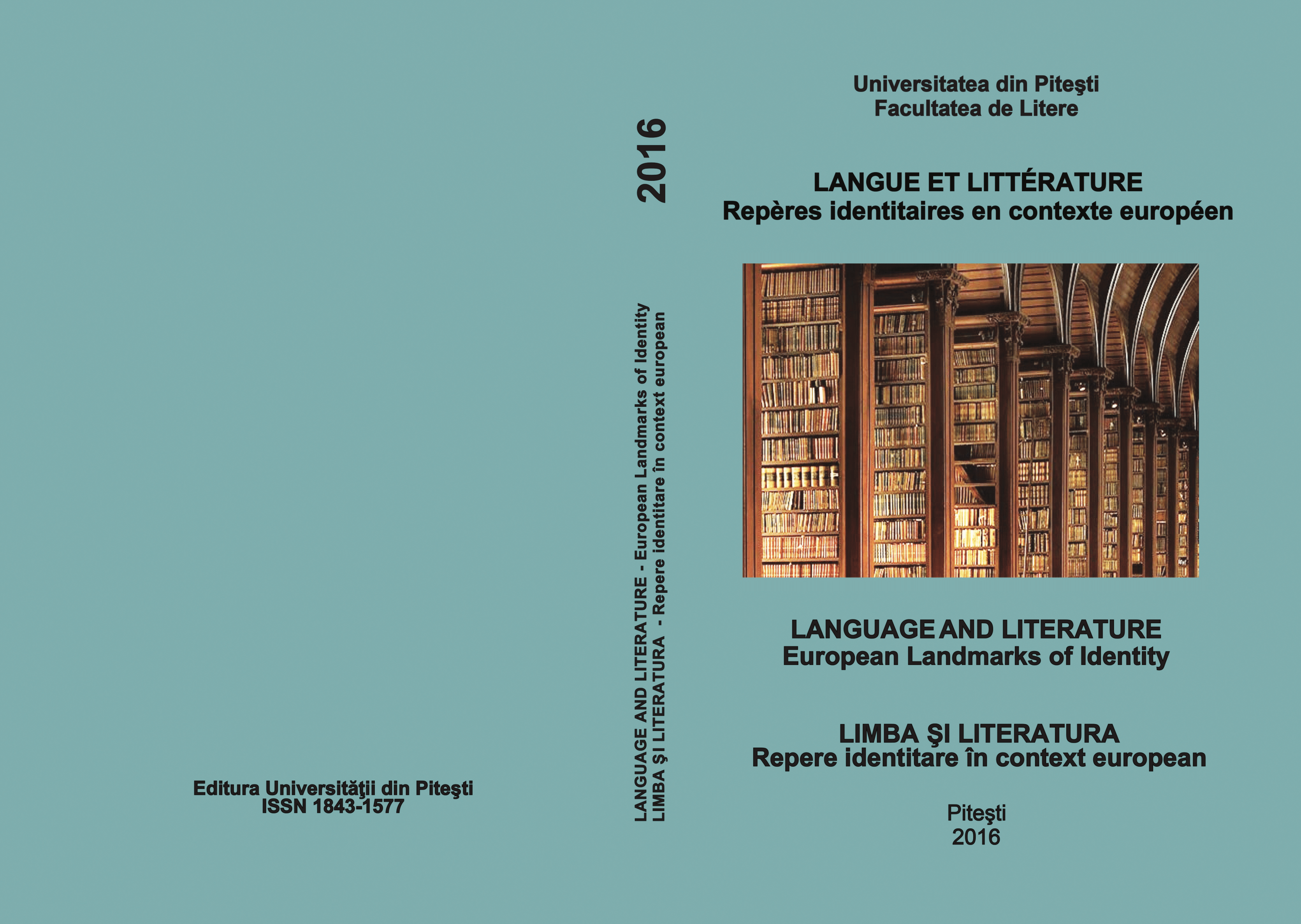PLATO’S MYTH OF THE CAVE REFLECTED IN WILDE’S PICTURE OF DORIAN GRAY
PLATO’S MYTH OF THE CAVE REFLECTED IN WILDE’S PICTURE OF DORIAN GRAY
Author(s): Ancuța IonescuSubject(s): Language and Literature Studies
Published by: Editura Universităţii din Piteşti
Keywords: myth; picture; cave
Summary/Abstract: Wilde’s delight in provocation, and his exploration of alternative moral perspectives, mark his most important work of fiction,”The Picture of Dorian Gray”. The novel’s Preface presents a series of attitudinizing aphorisms about art and literature which end with the bald statement:”All art is quite useless.” The narrative that follows is a melodramatic, Faustian demonstration of the notion that art and morality are quite divorced. It is, nevertheless, a text riven by internal contradictions and qualifications. Aestheticism is both damned and dangerously upheld: hedonism both indulged and disdained. Dorian Gray is a tragedy of sorts with the subtext of a morality play; it is self destructive, darkly sinning central character is at once a desperate suicide and a martyr.
Journal: LIMBA ȘI LITERATURA – REPERE IDENTITARE ÎN CONTEXT EUROPEAN
- Issue Year: 2016
- Issue No: 18
- Page Range: 170-175
- Page Count: 6
- Language: English

